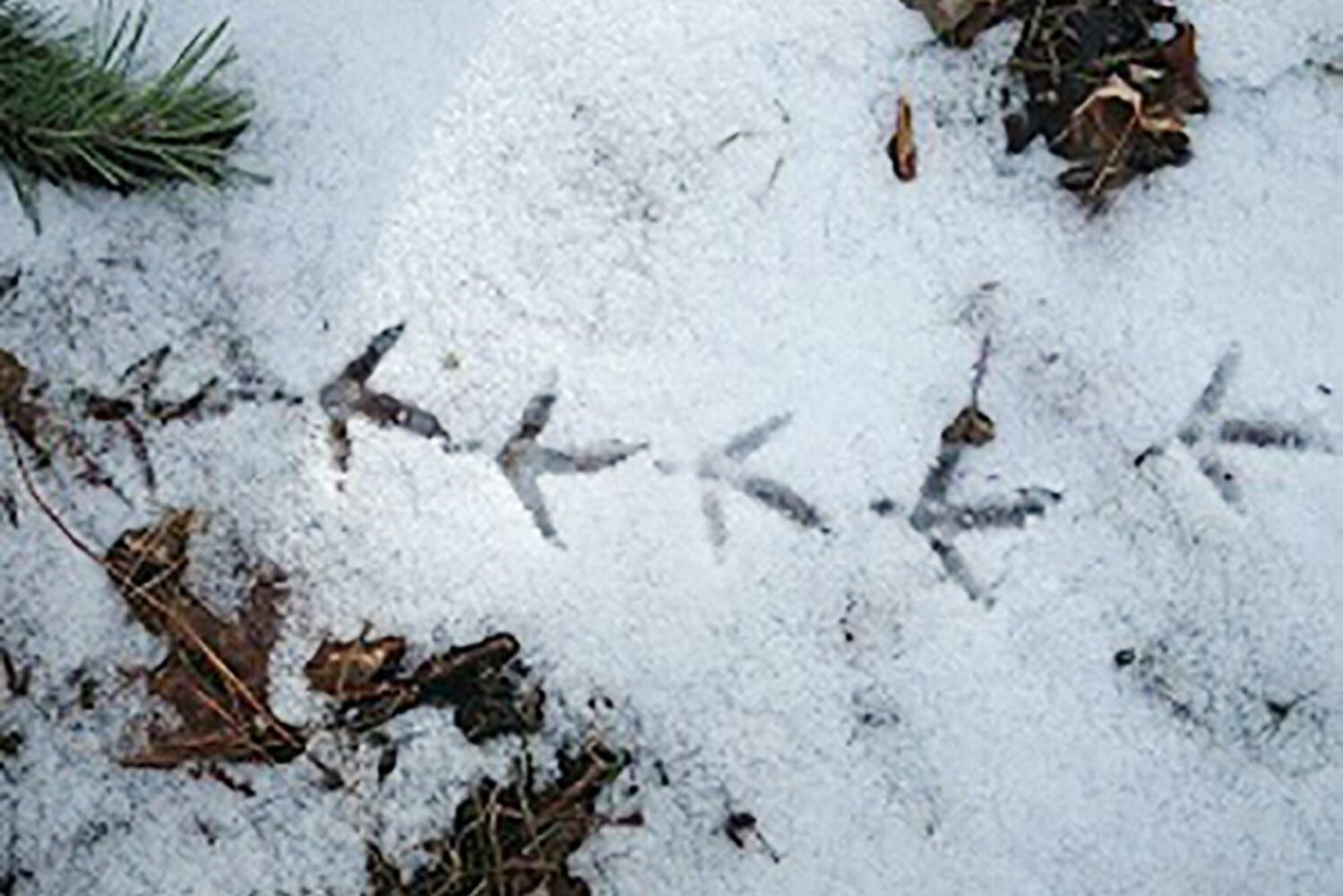Wildlife, Fish, and Marine Life Newsletter from the NYS Dept. of Environmental Conservation
Now is a great time to search for winter tracks (PDF) or other animal signs visible in the snow. It can be fun to be a detective and figure out what animals have been walking through your yard or across a trail. Here are a few tips to get you started:
- Snow conditions can make a difference in a track’s appearance—wet snow captures a print better than powdery snow.
- Members in the dog family (coyote, fox, or dogs) will usually leave claw prints above the toes, while the cat family (bobcat, housecat) will not. You should see four toes on both front and back feet for both families.
- Rodents, such as squirrels, chipmunks, mice, muskrats, and voles, usually have four toes on the front feet and five on the back. Claws may or may not be seen.
- Bring a notebook, camera, or field guide with you.
- Sometimes an animal’s droppings, or scat, can help you identify it—a rabbit’s looks like small balls of sawdust.
- Find out more in the Become a Winter Wildlife Detective (PDF) issue of Conservationist for Kids.
In case you missed it, check out the recent Winter Wildlife Tracks and Scat Identification Video on DEC’s Facebook page.
Photo by Sandy Van Vranken.

